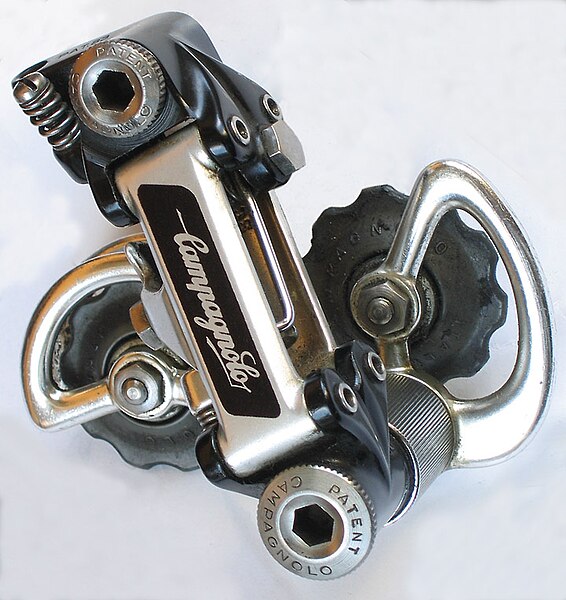Extra! Extra! Read all about it!
When you get to be "a certain age", you find yourself making reference to something everyone in your generation understands--whether it's some bit of pop or haute culture, technology or something that was in the news--and young people have absolutely no idea of what you're talking about.
It happens all the time when I teach. I am thinking now about the time I mentioned Hunter Thompson, just after his suicide. Although he was hardly forgotten, at least to folks of my generation, my students hadn't grown up reading is articles (mainly in Rolling Stone--yes, we actually thought it was halfway relevant, for a time!) and books. Explaining him, of course, led to explaining other things my students had heard, but didn't know about, like Watergate and why so many of us thought Richard Nixon was evil incarnate. (Before he turned into a parody of himself, Garry Wills brilliantly showed how Tricky Dick was a tragically ambitious character who would have fit into Paradise Lost or Macbeth.) Although I went off the day's ostensible topic--I forget what it was--the discussion proved fruitful for some of the works students read that semester.
Anyway, another time I had to lead my students out of the wilderness, so to speak, was when I said "Extra! Extra!" Since most young people don't read print newspapers, they aren't familiar with many of the tropes of that medium. Then again, I'm not sure that any newspaper has used "Extra! Extra!" in its banner--or that any hawker has shouted "Read All About It!" in a few decades!
I must say, though, that I am suspicious whenever any bicycle component has "extra" his name. Perhaps my prejudice stems from the Regina Extra freewheel that turned into a block of six fixed gears during a ride. In fact, many of Regina's other products--all of which, in my experience, were overrated--had "Extra" in their name. So did the Campagnolo Valentino Extra, a derailleur introduced about a decade too late. When it came out, a SunTour or Shimano derailleur that shifted much better could be had for about half the cost of a Campy VE.
Speaking of derailleurs with "Extra" in their name, check this out:
If you are North American--or, in fact, from anyplace besides Europe--you've probably never seen it. I have seen only one of those derailleurs in person--in Italy about 30 years ago. For that matter, if you're not in the Euro zone, you've probably never seen anything else made by the company that made that derailleur.
When you think of Spanish bikes and components today, you probably think of Orbea. If you are my age, you might remember (or perhaps even rode) equipment from Zeus, which made clones of popular European parts like Stronglight and Specialites TA cranks, Weinmann and Mafac brakes--and, of course, Campagnolo derailleurs. In the late 1970s and early 1980s, they made their "2000" line of components, which include their iconic black-and-gold anodized derailleurs and the hourglass-shaped hubs that would be imitated by other hub-makers.
Zeus was based in Eibar, in the Basque region. In that same town, another component manufacturer turned out cruder versions of what Zeus made--and the derailleur you see in the photo. And its name sounds more like a type of luxury condominium than that of any enterprise in the bicycle industry.
Officially, that company was called Industrias Baskaran. But it was better known as Triplex. Why that name was chosen, I don't know. It's about as un-Basque (or -Spanish, for that matter) as any name can be. Then again, the Basque language is completely unrelated to any other in the world.
Although they produced a full range of components and accessories (including water bottles and cages that, not surprisingly, copied Specialites TA and REG designs), Triplex is best known--for better and worse--for its derailleurs. As far as I know, no American, British or Japanese bike was ever equipped with them. A number of Spanish and French bikes, however, were adorned with them.
The reason is fairly obvious. Take away the screaming red "Extra" emblem and the derailleur looks like--a Campagnolo Sport, at least from a couple of meters (remember, we're talking about European bikes) away. Other Triplex derailleurs bore an even closer resemblance to Campagnolo's iconic derailleurs, which spawned any number of imitators.
Disraeligears, Classic Rendezvous and VeloBase are among the few sources of information available for Triplex, which seems to have stopped making bike parts some time around 2005. They have become "Distriplex" (hmm....), an importer and distrubutor of components. Its website is available only in Spanish and French, but its "Nouveautes" (new products) page contains some Latin gibberish!
Then again, more people outside Eibar would understand it than would understand anything in Basque! And more people would recognize something that looks like a Campy derailleur than something emblazoned with "Extra! Extra! Read All About It!"




